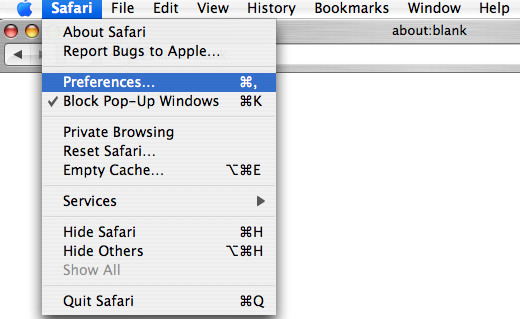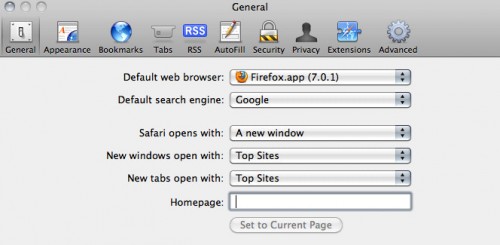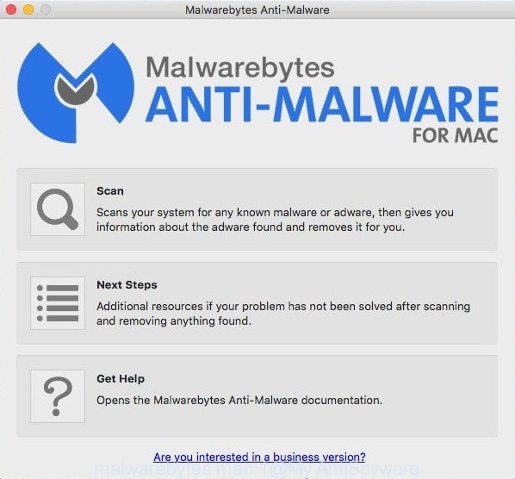What is Ssl.plist virus? Ssl.plist virus is a malicious software. It can modify Apple Mac OS and web browsers settings, download and install other malicious software, ad supported software and potentially unwanted programs. Moreover, this virus can give a remote access to your computer and use your system’s resources to generate crypto currency. It will make your computer run very slow. On current date, the Ssl.plist virus continues to increase the number of MACs which have been infected.
The Ssl.plist virus can hide itself in the personal computer’s memory and files, modify some machine settings and block them from changing. Also this virus can download and install: web browser extensions that will insert unwanted ads within the Google Chrome, Mozilla Firefox and Safari’s screen; a browser hijacker that will alter internet browser’s home page and search provider.
It is not a good idea to use a computer that infected with the Ssl.plist virus. The reason for this is simple, it doing things you don’t know about. This virus be able to gather a wide variety of your user data which may be later transferred third party companies. You do not know if your home address, account names and passwords are safe.
We strongly suggest you to complete the step-by-step instructions which follow below. We will show you how to delete any malicious software and thereby delete Ssl.plist virus from your Apple Mac OS forever.
Remove Ssl.plist virus
We can help you remove Ssl.plist, without the need to take your MAC to a professional. Simply follow the removal guidance below if you currently have the unwanted browser hijacker infection on your MAC OS and want to remove it. If you have any difficulty while trying to get rid of the browser hijacker infection, feel free to ask for our assist in the comment section below. Some of the steps will require you to restart your machine or exit this website. So, read this guide carefully, then bookmark or print it for later reference.
To remove Ssl.plist virus, complete the following steps:
- How to delete Ssl.plist virus manually
- How to delete Ssl.plist virus with free programs
- How to stay safe online
- Finish words
How to delete Ssl.plist virus manually
Read this section to know how to manually remove Ssl.plist virus. Even if the guide does not work for you, there are several free malware removers below which can easily handle such malicious software.
Uninstall suspicious software by using the Finder
First of all, check the list of installed applications on your MAC system and delete all unknown and recently installed programs. If you see an unknown program with incorrect spelling or varying capital letters, it have most likely been installed by malicious software and you should clean it off first with malicious software removal tool such as Malwarebytes Anti-malware.
Open Finder and click “Applications” as displayed in the following example.

You will see a list of apps installed on your Apple Mac. We recommend to pay maximum attention to the program you installed last. If you’re in doubt, you can always check the application by doing a search for her name in Google, Yahoo or Bing. After the application which you need to delete is found, simply right click on its name, and choose “Move to Trash”.
Don’t forget, choose Finder, then “Empty Trash”.
Remove Ssl.plist virus from Google Chrome
In this step we are going to show you how to reset Chrome settings. Ssl.plist virus can make changes to your internet browser settings, add toolbars and unwanted extensions. By resetting Chrome settings you will reset unwanted changes caused by the Ssl.plist virus. Essential information such as bookmarks, browsing history, passwords, cookies, auto-fill data and personal dictionaries will not be removed.

- First launch the Google Chrome and click Menu button (small button in the form of three dots).
- It will open the Chrome main menu. Choose More Tools, then click Extensions.
- You’ll see the list of installed extensions. If the list has the extension labeled with “Installed by enterprise policy” or “Installed by your administrator”, then complete the following guide: Remove Chrome extensions installed by enterprise policy.
- Now open the Google Chrome menu once again, press the “Settings” menu.
- You will see the Google Chrome’s settings page. Scroll down and click “Advanced” link.
- Scroll down again and click the “Reset” button.
- The Chrome will display the reset profile settings page as on the image above.
- Next click the “Reset” button.
- Once this process is finished, your web browser’s start page, search provider by default and newtab page will be restored to their original defaults.
- To learn more, read the post How to reset Google Chrome settings to default.
Delete Ssl.plist virus from Mozilla Firefox
If your Mozilla Firefox settings have changed by Ssl.plist virus, then it may be time to perform the web browser reset. It will keep your personal information like browsing history, bookmarks, passwords and web form auto-fill data.
First, start the Mozilla Firefox and click ![]() button. It will display the drop-down menu on the right-part of the browser. Further, click the Help button (
button. It will display the drop-down menu on the right-part of the browser. Further, click the Help button (![]() ) as displayed in the following example.
) as displayed in the following example.

In the Help menu, select the “Troubleshooting Information” option. Another way to open the “Troubleshooting Information” screen – type “about:support” in the web browser adress bar and press Enter. It will show the “Troubleshooting Information” page like below. In the upper-right corner of this screen, press the “Refresh Firefox” button.

It will display the confirmation dialog box. Further, click the “Refresh Firefox” button. The Mozilla Firefox will start a process to fix your problems that caused by the Ssl.plist virus. After, it is complete, click the “Finish” button.
Get rid of Ssl.plist virus from Safari
By resetting Safari web browser you revert back your internet browser settings to its default state. This is first when troubleshooting problems that might have been caused by the Ssl.plist virus.
Click Safari menu and select “Preferences”.

It will open the Safari Preferences window. Next, click the “Extensions” tab. Look for unknown and suspicious addons on left panel, choose it, then click the “Uninstall” button. Most important to remove all unknown extensions from Safari.
Once complete, click “General” tab. Change the “Default Search Engine” to Google.

Find the “Homepage” and type into textfield “https://www.google.com”.
How to delete Ssl.plist virus with free programs
Manual removal is not always as effective as you might think. Often, even the most experienced users can not completely remove malware from the infected MAC. So, we advise to scan your machine for any remaining malicious components with free malware removal software below.
How to get rid of Ssl.plist virus with MalwareBytes AntiMalware (MBAM)
We recommend using the MalwareBytes Free that are completely clean your computer of the hijacker. The free utility is an advanced malware removal program designed by (c) Malwarebytes lab. This program uses the world’s most popular antimalware technology. It is able to help you remove hijackers, potentially unwanted apps, malware, ad-supported software, toolbars, ransomware and other security threats from your MAC system for free.
MalwareBytes AntiMalware (MBAM) can be downloaded from the following link.
21174 downloads
Author: Malwarebytes
Category: Security tools
Update: September 10, 2020
Once the download is finished, close all software and windows on your MAC OS. Run the saved file. Follow the prompts.
The MalwareBytes Free will automatically start and you can see its main screen as shown in the figure below.

Now click the “Scan” button to perform a system scan with this tool for the Ssl.plist virus. This procedure may take quite a while, so please be patient. When a threat is found, the count of the security threats will change accordingly. Wait until the the checking is finished.

After the scan is finished, you will be opened the list of all found threats on your MAC. Once you have selected what you want to remove from your computer click “Remove Selected Items” button. The MalwareBytes will remove the Ssl.plist virus and move threats to the program’s quarantine.
How to stay safe online
Running an adblocker application like AdGuard is an effective way to alleviate the risks. Additionally, adblocker apps will also protect you from harmful advertisements and websites, and, of course, block redirection chain to malicious and similar web sites.

- Click the following link to download the latest version of AdGuard for Apple Mac.
AdGuard for Mac download
3887 downloads
Author: © Adguard
Category: Security tools
Update: January 17, 2018
- Once the downloading process is complete, launch the downloaded file. You will see the “Setup Wizard” program window. Follow the prompts.
- After the installation is complete, click “Skip” to close the setup program and use the default settings, or click “Get Started” to see an quick tutorial that will allow you get to know AdGuard better.
- In most cases, the default settings are enough and you do not need to change anything. Each time, when you launch your MAC, AdGuard will launch automatically and stop unwanted pop up advertisements, as well as other malicious or misleading pages.
Finish words
Now your machine should be clean of the Ssl.plist virus. We suggest that you keep AdGuard (to help you block unwanted popup advertisements and annoying harmful web-pages) and MalwareBytes (to periodically scan your MAC for new malicious software, hijackers and adware). Make sure that you have all the Critical Updates recommended for Mac operating system. Without regular updates you WILL NOT be protected when new browser hijackers, harmful software and ad-supported software are released.
If you are still having problems while trying to remove Ssl.plist virus from your Mac, then ask for help here.

















